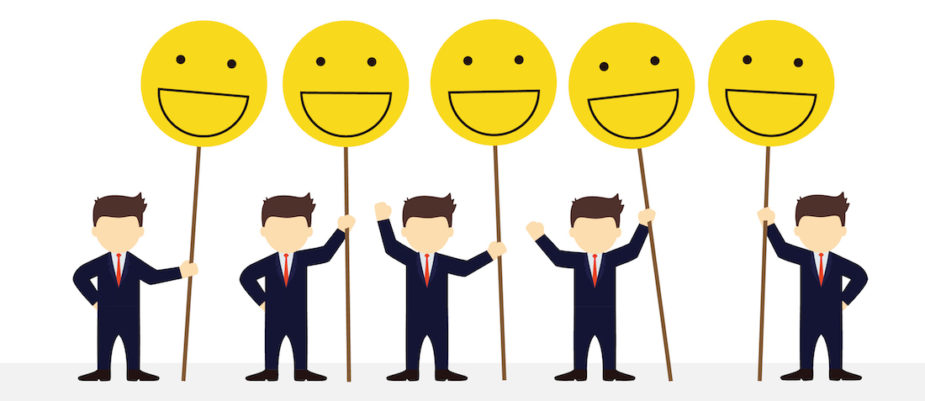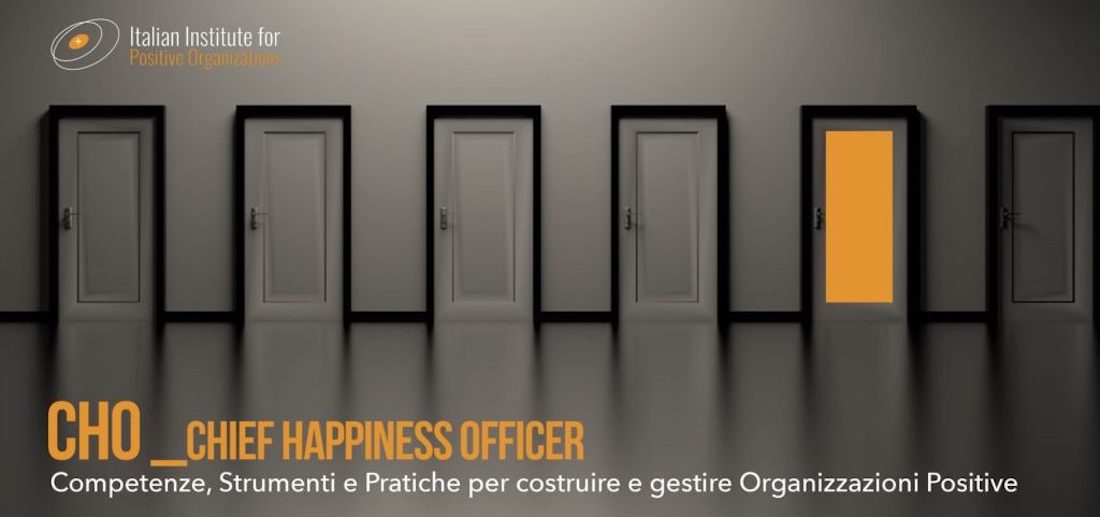
In this third article of the “Happiness in the Workplace” column, written by Daniela Di Ciaccio /2BHappy Agency, some of the most frequently questions are highlighted, they are asked not only by whose want to change towards positive organization in the company, but also by those who understand the traditional organizational models are no longer suitable for guiding us and managing the complexity of change.
The answers offer a snapshot of the current situation, analyze conventional organizational models and propose possible positive models.
Clearly emerges that happiness and positivity culture is a strategic priority for organizations.
Are we sure that the traditional organizational models are the only possible ones, the most adequate to manage complexity and guarantee evolution?
If we look at the most famous global surveys, the data on engagement are not exactly comforting:
According to Gallup, 87% of employees are unmotivated, with a productivity loss of 500 billion.
In Italy, in the over 50 segment, only 31% feel valued and “active”. The rest is defined as “difficulty” (46%) or “lost” (+ 23%): Research D-Value and Catholic University.
Harvard Medical School indicated that 96% of leaders experience burnout.
The World Health Organization has said that depression is the leading cause of disability worldwide and in 2020 it will be the second disease facing the world.
In Europe, 40 million workers suffer from “work-related stress” and in Europe 84 million people suffer from depression, anxiety disorders, alcohol and drug addiction: Sole 24Ore.
Gallup measures and a 500 billion loss of productivity, so the lack of engagement also has economic implications?
All these trends are directly related to the low level of employee involvement which, in turn, translates into:
– loss of revenue of 32.7%;
– 37% more absenteeism;
– 49% more accidents in the workplace
What is a Positive Organization and how do it differ from a “conventional” one?
The Positive Organization is the one where people flourish in relationship with others and obtain individual and collective results that make sense and exceed expectations.
It is not a specific organizational model but a way of conceiving people and organizations, a “cultural” model offered by the Science of Happiness and capable of generating different results.
Mental model # 1. First duty and then pleasure.
It is the belief that under constant effort or tension we produce more and achieve better goals.
The Science of Happiness has shown that under constant tension, effort and pressure our organism produces “cortisol”, the famous stress hormone that restricts our vision and therefore makes us inable to solve problems, less creative, and of course it also damages our health.
The Positive Organizations implement behaviors and processes that promote positive chemistry, taking care of the beauty of the workplaces, improving autonomy, communicating in a kind way, expressing appreciation.
Mental model # 2. The strongest wins.
It is the belief that in order to survive and evolve we must fight and defend ourselves from others.
Thanks to the Science of Happiness, today we know that our nature is deeply social and that cooperation is an evolutionary advantage.
It is called social capital and it is our ability to build solid relationships and trust over time.
The culture of “We” is therefore encouraged in Positive Organizations and the leaders who guide them create the conditions to encourage and reward behavior oriented towards cooperation, involvement, support and listening.
Mental model # 3. It doesn’t matter who you are but what you have.
It is the belief that success, career, happiness and self-realization depend on the role, the benefits, the power.
It is the model of “human doing” that sacrificed Being, needs, values, talents, emotions, energy, meaning that Science of Happiness has shown to be strongly related to happiness , health, motivation and involvement.
The Positive Organizations and the leaders who guide them know that organizations are not machines made up of separate parts and that people are not gears to be manipulated, controlled, counted, moved. They therefore create the conditions for all collaborators to flourish as human beings and fully realize their potential.
How to become a Positive Organization?
Becoming a Positive Organization means to undertake a process of cultural change that requires patience, time and the desire to challenge oneself – above all from the leaders – but it is a possible path, now also facilitated by the increasingly spread of specialized and competent professionals, such as the Chief Happiness Officer, whose purpose is that the culture of happiness and positivity becomes a strategic priority, for the wellbeing and sustainability of people and the company.
Text by Daniela Di Ciaccio, co-founder of 2BHappy Agency.




















